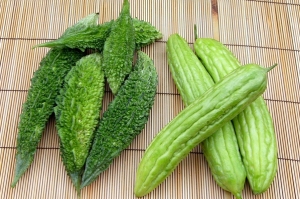Extraordinary scientific advances have been made in the last few decades in the fight against cancer. Translating these breakthroughs into clinical progress will significantly impact treatment for cancer patients.
But how much progress we make depends largely on patients’ willingness to participate in clinical trials and physicians’ encouragement of clinical trials as a treatment option.
For pancreatic cancer, for example, there are few effective treatment options. This makes clinical trial participation for this cancer vital to the research in which scientists are seeking new and better treatments.
Lack of awareness of trials, and low prioritization of clinical trials by physicians and patients facing cancer, contribute to low enrollment rates. Whether they’re reluctant to participate or unaware of the opportunities, physicians and cancer patients should not ignore clinical trials. People who are willing to be a part of this process will help us find new diagnostics and treatment options — for themselves and other cancer patients.
Here are 10 things you might not know about clinical trials:
(click here to continue reading this article)
*credit verbatim via everydayhealth.com and Lynn Matrisian, PhD, MBA, is vice president of scientific and medical affairs at the Pancreatic Cancer Action Network*






